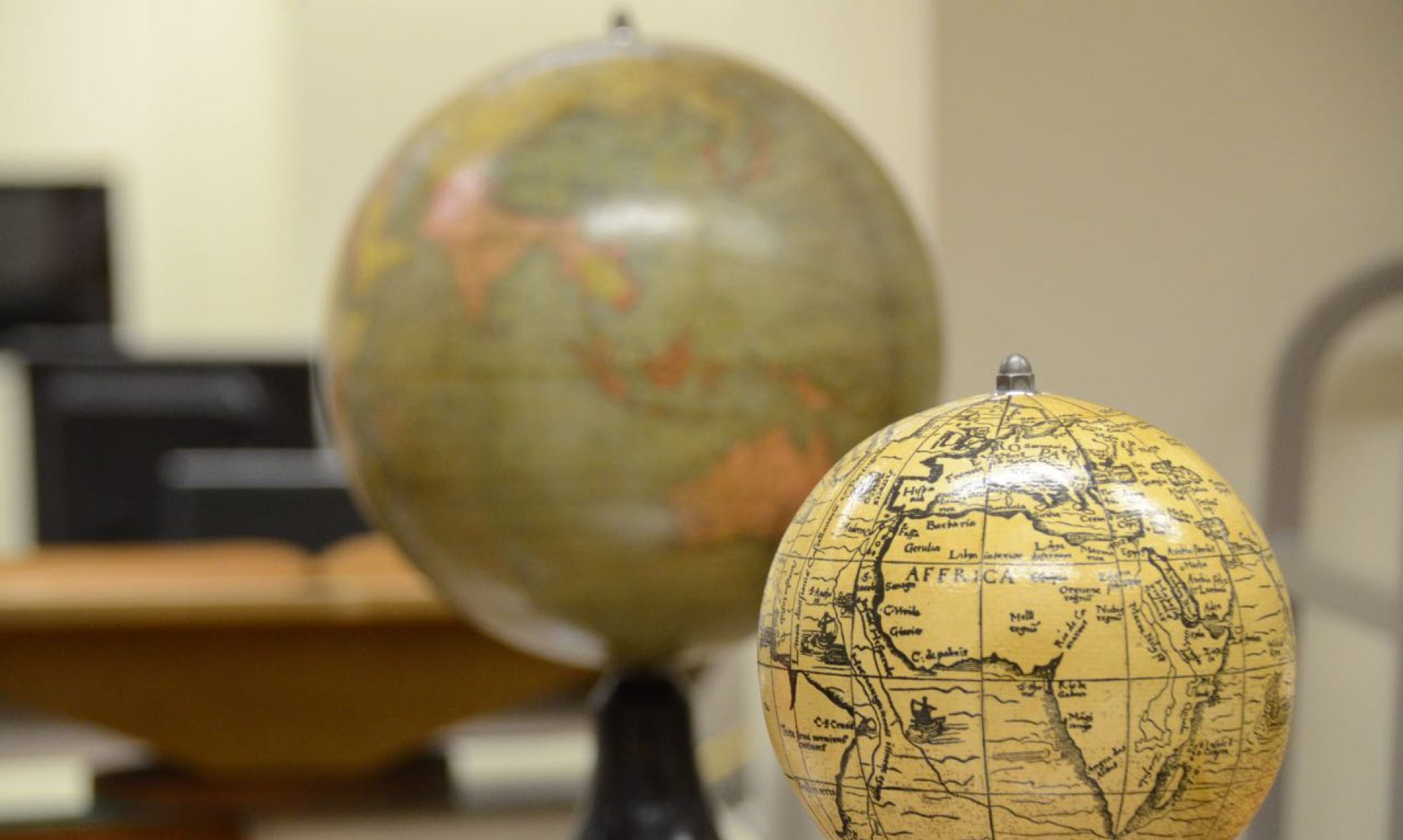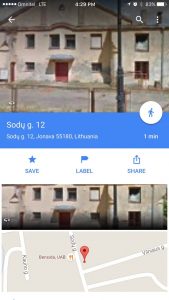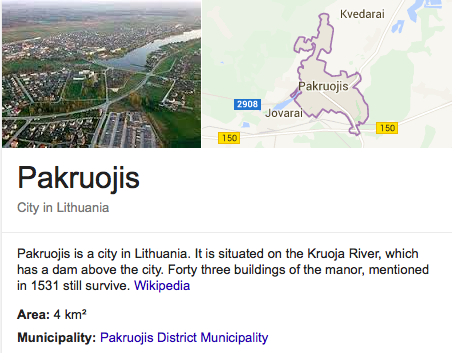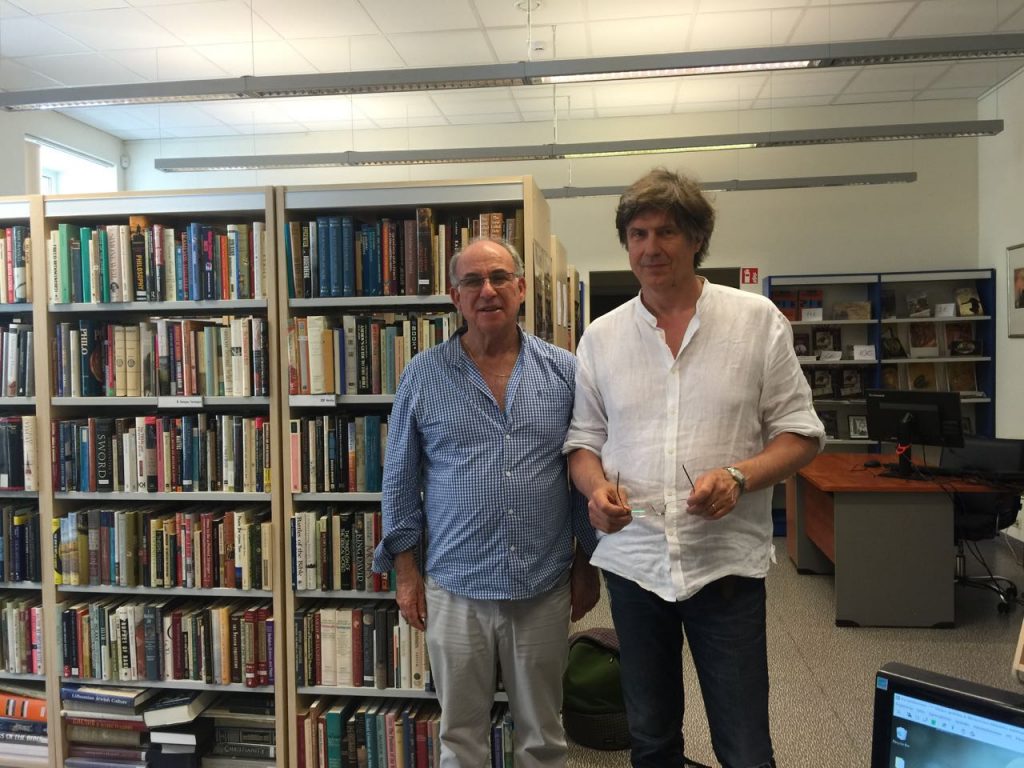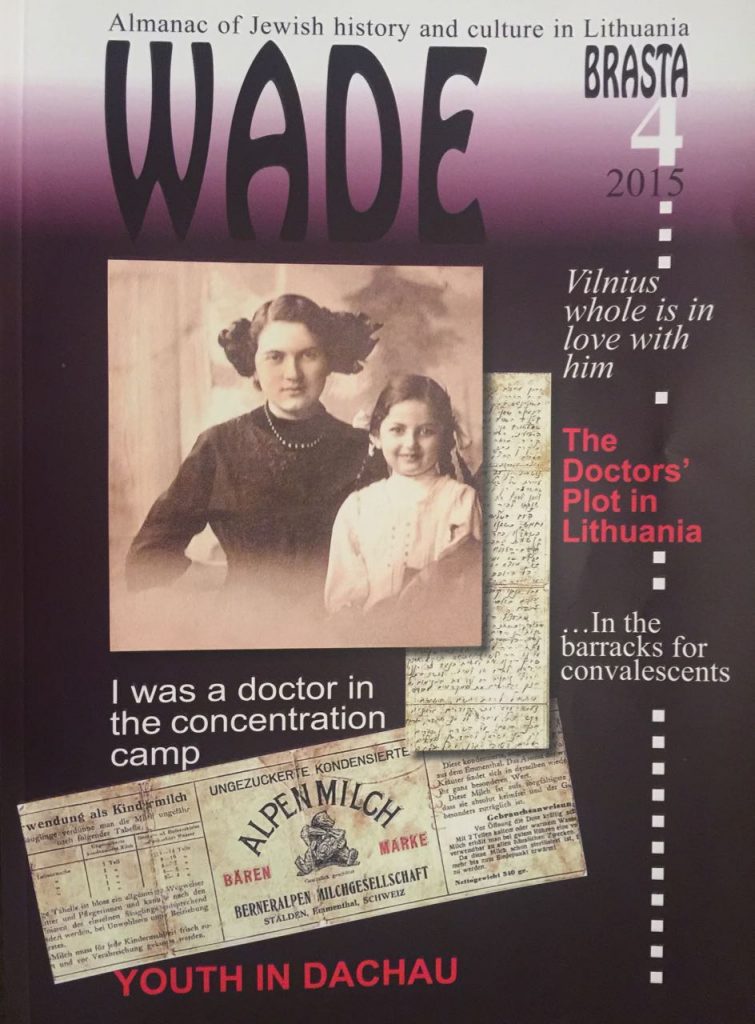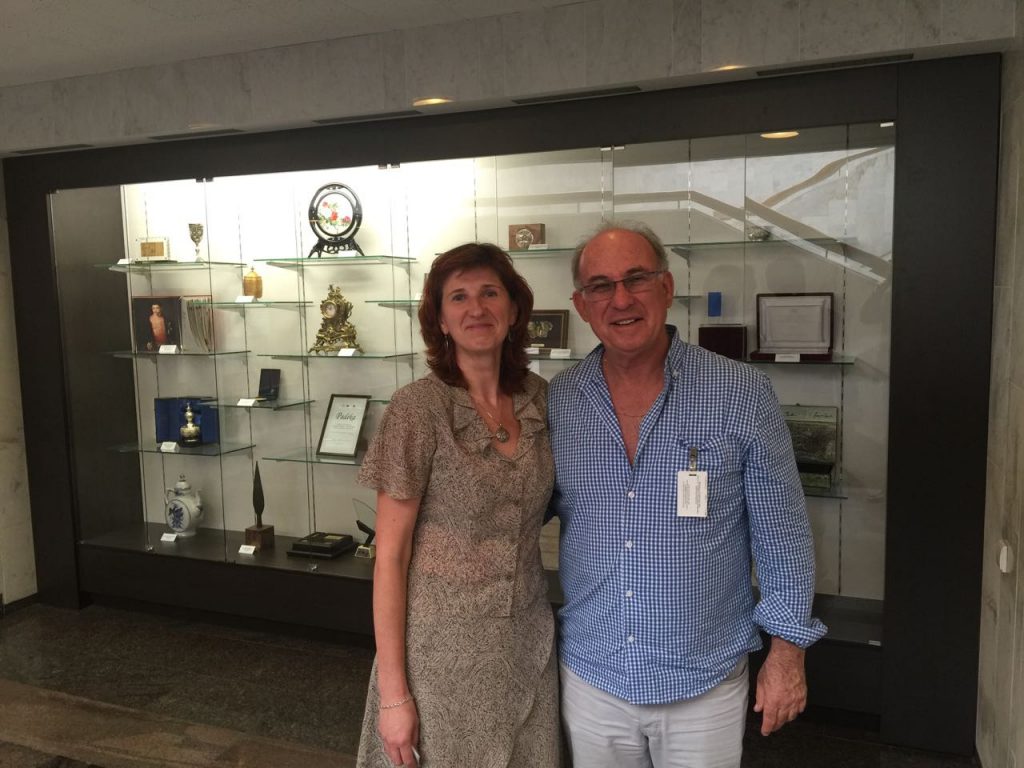With Jill, and our visitors, Bernice & Wally Kegel, from Seattle
A tourist drive around Perth and Fremantle

Fremantle
Old Synagogue, Fremantle
Notre Dame University – Manjaree Place
STUNNING ABORIGINAL MURAL AT NOTRE DAME UNI
STUNNING ABORIGINAL MURAL AT NOTRE DAME UNI

It was full house at Fremantle Notre Dame University’s Manjaree Place this morning for the unveiling of the major 5.5 x 2.2 metre Manjaree Mia Kaart Aboriginal painting. The wo…
Source: freoview.wordpress.com/2017/12/06/stunning-aboriginal-mural-at-notre-dame-uni/
Cottesloe
Trigg Beach
Hillarys Boat Harbour
